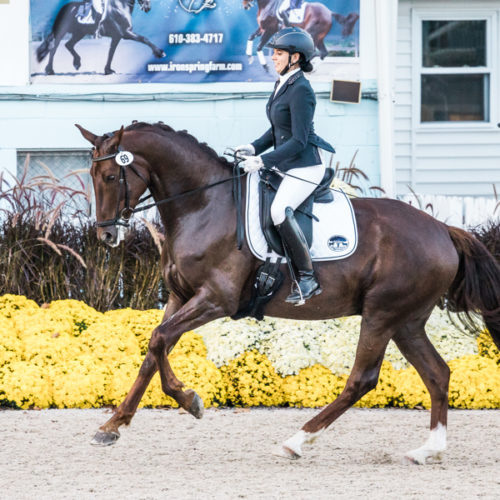

“These are the bones that make up the backbone of the horse directly underneath the saddle.” Normal horses should typically have a five millimeter or larger space between those bones, depending on the breed and size of the animal in question. “Kissing Spines is a condition where the dorsal spinous processes are too close together,” he explains simply. Cliff Honnas, equine veterinarian, surgeon and founder of the widely respected Texas Equine Hospital in Bryan, Texas, is a sought-after authority figure in all things related to this condition, especially concerning its surgical treatment. Though Kissing Spines can be seen clearly in diagnostic imaging, truly understanding the nuances of the condition and how it can vary patient-to-patient is where things become less well-defined. What we know of Kissing Spines is its mechanism within the equine body, the common clinical signs exhibited by affected horses, an ever-evolving list of treatment modalities currently in use and critical management protocols that can keep afflicted horses comfortably thriving and in competition. When spinous processes are conformationally close together they will inevitably contact, with that continual contact causing the modeling changes that are classically seen on radiographs. While still shrouded in some level of mystery, Kissing Spines is known to be conformational and most likely genetic. The condition can diminish athletic performance and render a horse unusable in severe cases, while other cases with the ugliest x-rays can experience no pain or performance implications. It’s hard not to feel a horse’s pain after taking just one look at an x-ray that indicates Kissing Spines. Kissing Spines, more scientifically known as impingement of the dorsal spinous processes, is a condition that has grown in relevance and impact throughout the last two decades with improved diagnostics and education. Veterinary Medicine Has Evolved Its Definition, Diagnostics, Treatment Protocols and Rehabilitation Techniques


 0 kommentar(er)
0 kommentar(er)
